I recently saw a mom talking about how she hates playing with her kids and she doesn’t think she should have to do that. After all, kids don’t need parents to play with them, right? Wrong. So wrong. As an occupational therapist I am often paid to just play with children. Play develops cognitive, physical, social, and emotional skills that kids need. Play isn’t optional. But, I will say that kids don’t need you to play with them all day every day. So, let’s talk about what is your role in their play?
Your job is to lead them to do the kind of play they need. You should interact with your child through play some every day, because it builds your bonds with them. It helps your child feel secure in the relationship with you. It also gives you a way to tell if your child is meeting important milestones. I’m going to tell you what kind of play I recommend at different ages and hopefully you won’t see it all as miserable to do with them.
Teaching Them How It Works
Babies and toddlers explore the world through play. Your job, when they are very little, is to show them how to play with the toys and talk so them about those toys. This develops their auditory processing, verbal processing and helps them to start to understand directions. After you get past toys to cuddle and chew on, my favorites for this age include toys that require some motor control to play with them. You should plan to spend a little while each day teaching your little one to play with their shape sorter, ring stack, or blocks. You can also teach them to roll or toss a ball back and forth with you. Rolling a car back and forth is also fun.
Setting Them Up
As your child becomes a preschooler, they enter the age for imaginative play. A lot of parents don’t love this stage, they don’t like to participate, so I’m going to give you some tools for this stage. First, you can set them up to play with their imaginative toys in a way that helps them get started, and then you can step away. There are a lot of options for this, so I’ll share a few.
Trains
Build the train track and get out the trains and any go along items, like the little people or animals for the train cars. I have assembled so many train tracks I should have a Masters degree in tiny train construction. Often, kids love to play with these toys before they can assemble the track. Building the track takes a lot of visual perceptual skills as well as fine motor control. As your kids grow, you can teach them to build the tracks and give them ideas for story lines like having to transport the animals through the tunnel to the jungle. Train play is great for all kids. We owned a few different ones when my kids were small, but the wooden ones were my favorite.
Blocks
Block play can actually be many things. You can build smooth roads for cars, with ramps and tunnels. You can build castles with towers. Blocks can become furniture for other toys, too! Some children see a box of blocks and immediately understand the potential, and some don’t. Spending a little time building different things with your kids shows them the potential of this wonderful, open ended toy. Don’t feel you have to show every possibility at once either, you can introduce new play ideas over days or weeks with a good set of wooden blocks. You can also pull out the blocks and build something for your children to discover when they get out of bed. Add a few toy cars for the roads, or tiny figures for the castle, and your child can create a whole world of play. This play builds hand muscles, cognitive skills and an understanding of basic physics, as they see what will stand and what will collapse.
Kitchens
Set up a play kitchen for them or give them play dough to make play food with and let them cook for you. If you are feeling fancy you can try out different accents and place orders, but often kids are happy to just keep making you new and different foods that you exclaim are amazing and pretend to eat. If your child isn’t sure how to put together whatever play food you have, demonstrate by making some for them. We used to own wooden food that would Velcro together, it was great for building hand strength, taking it apart and putting it together.
Dolls
Doll play can come in many forms. You can set a child up with a baby doll to give it a bath in your popcorn bowl. You can also give them tiny dolls like Barbies or Calico Critters or the little men that come with the Duplo sets. Which kind of doll they are drawn to is very individual. However, once you know what they like, you can set up an opportunity to play with them on the coffee table and let your child continue. Setting up the little items those toys have that go with them, all together in one place, can be enchanting for a child.
Puppets
One thing that my kids loved that bothered me less, as far as imaginative play went, was puppets. I would make the puppets talk to them and ask silly questions. My kids could be the expert and explains things to the puppet that they would never need to tell an adult. It built their verbal skills, and it was also fun and silly. If you want to introduce foreign language to your child young, You can have a puppet that just speaks that language.
Older Kids
By the time a child is 5, I think it is important to find at least one friend for them to play with, so they can really explore imaginative play with someone their own age, give or take. That friend could be a sibling, cousin or a kid who has a mom you want to hang out with. All the play ideas listed above are ones they can now engage in with more maturity and complexity. They can build homes with the blocks for the dolls to live in and doing this with other kids is ideal, as they learn to navigate leading and following.
This doesn’t mean you get to stop playing with your kid, but it is time to change the type of play you need to engage in. While you may still set them up to play with their own toys for a while, the play you do with them still remains important and should evolve to include other forms of play.
Games
Teaching your child to play board games and card games, to win and loose is extremely important. Learning to remember and follow rules sets your child up for success in all kinds of situations. Learning to wait their turn is not only important in games, but in many life situations. Playing games that teach logic and reasoning develops cognitive skills kids need for real life. Taking turns happens not only in games, but in conversations. So, look for games you and your kids can play together. Look for ones that are developmentally appropriate, so they are not loosing every round. You want them to both win and loose some, even if you have to throw the game. Games of chance can make it easier for them to win.
Art
Not everyone considers making art a form of playing, but I do. Making art together is actually a way that adults play. We color, paint or craft to get the brain chemicals we used to get from play. So, even if you struggled to play with your child when they were small, look for new ways to play together. Get some modeling clay and make little animals together. Paint things that are serious or funny. Draw stick figures falling to a squiggly death. Not all art has to be created to museum quality. You can just enjoy the process of making something together.
Making art together also teaches children to appreciate the work of others. It lets them explore their creativity and give and receive feedback. Discussing it, “I love the blue sky, but why did you color her face purple?” Allow your child to share their thoughts with you. It also shows them they can ask you questions too. Consider making side walk art with chalk if you tend to get to wrapped up in the finished product. No matter what you make, the rain will eventually wash it away. So, the goal is to enjoy just making it.
The Advantage of Playing
Many adults don’t know how to play. But play is essential to the human experience. Playing with your kids builds them up, but also shows them that adulthood is about balance. We might have to work, but we also need to rest and play. Every day.

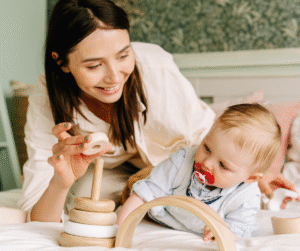
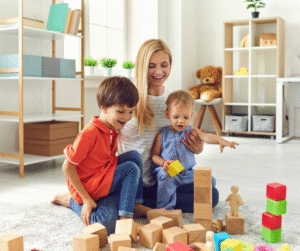
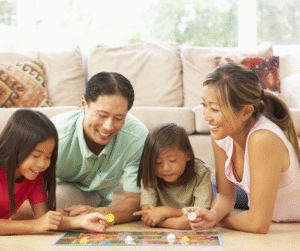

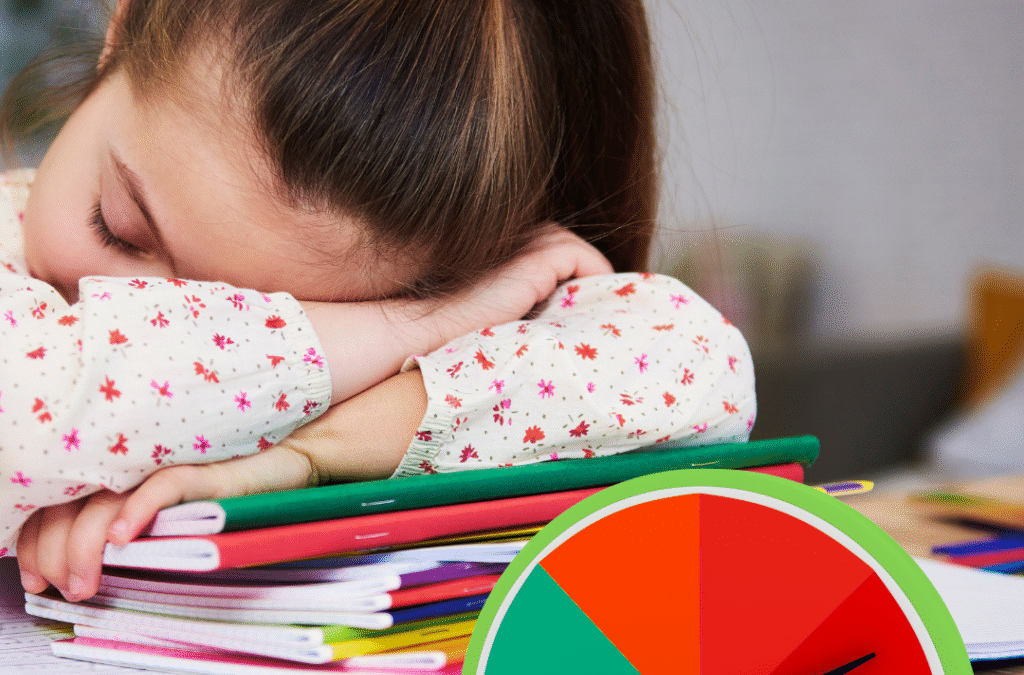

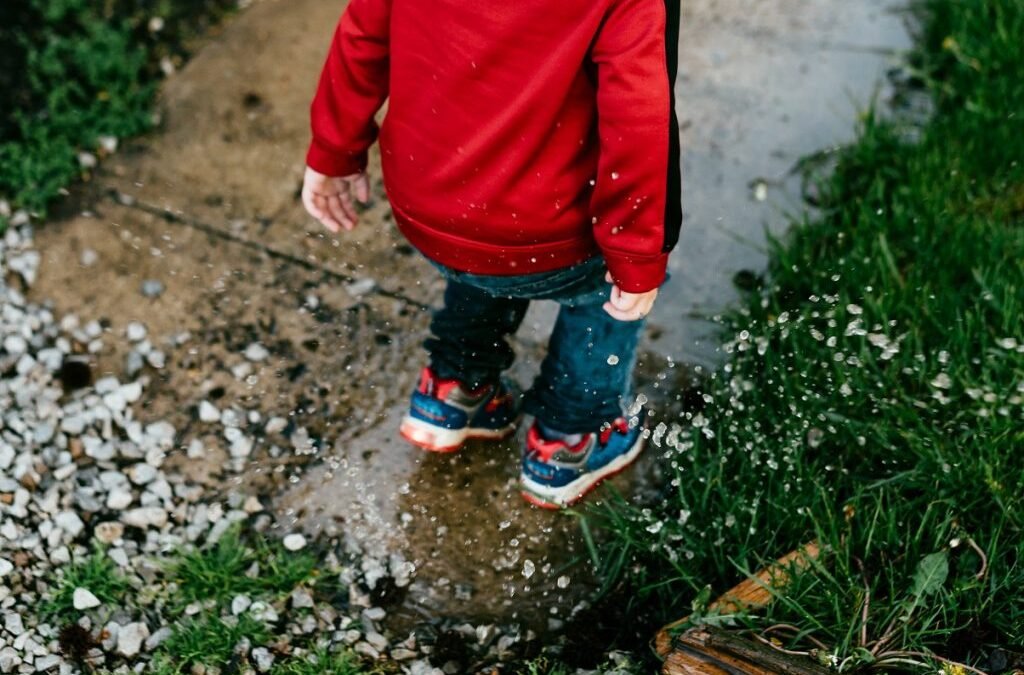
0 Comments